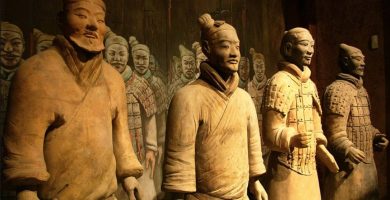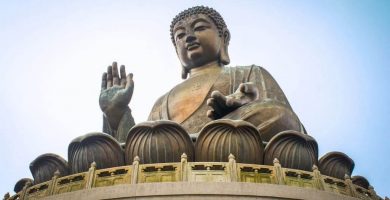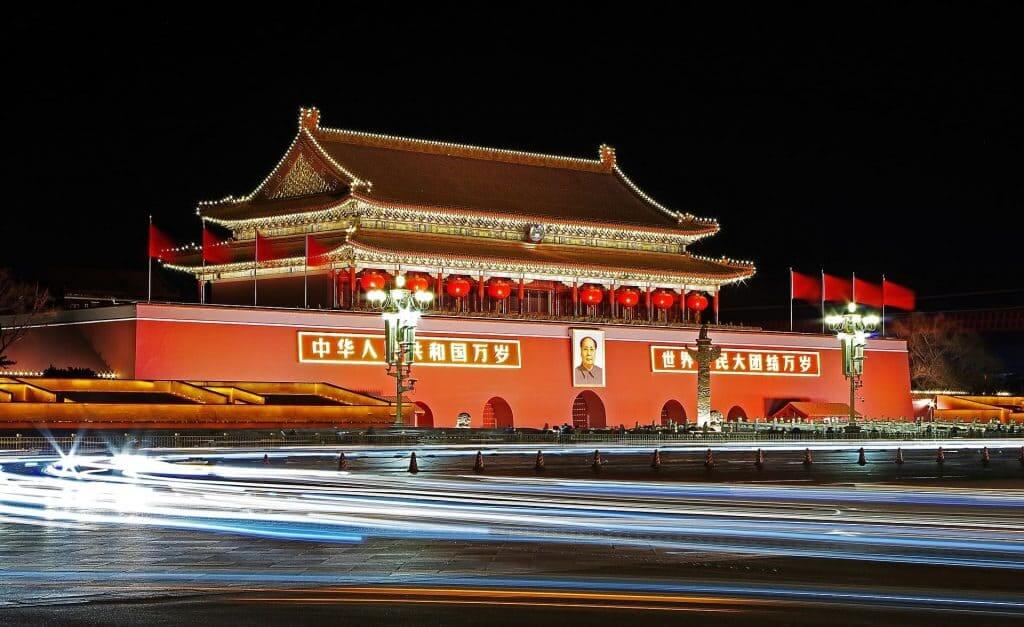
The History of China is one of the longest and best dated in the world. This is due to the fact that the Chinese wrote down practically all the events that took place in their country during millennia. Today we come to make a brief summary of its history over its 5,000 years.
Chronological Order and Brief History of China
As we know that this article is very long, we have prepared a brief history of China for those who do not have time to read the whole article. It is a short summary and chronology divided into several points:
- 40,000 B.C. – Appearance of Homo Sapiens in China
- 17,000 BC – First Ceramics in China
- 10,000 B.C. – Cultivation of rice and millet
- 2,500 B.C. – Longshan Culture
- 2,100 B.C. – Kingdom of Erlitou or Xia Dynasty
- 1,700 B.C. – Shang Dynasty
- 1,050 B.C. – Zhou Dynasty
- 700 B.C. – Construction of the Great Wall begins
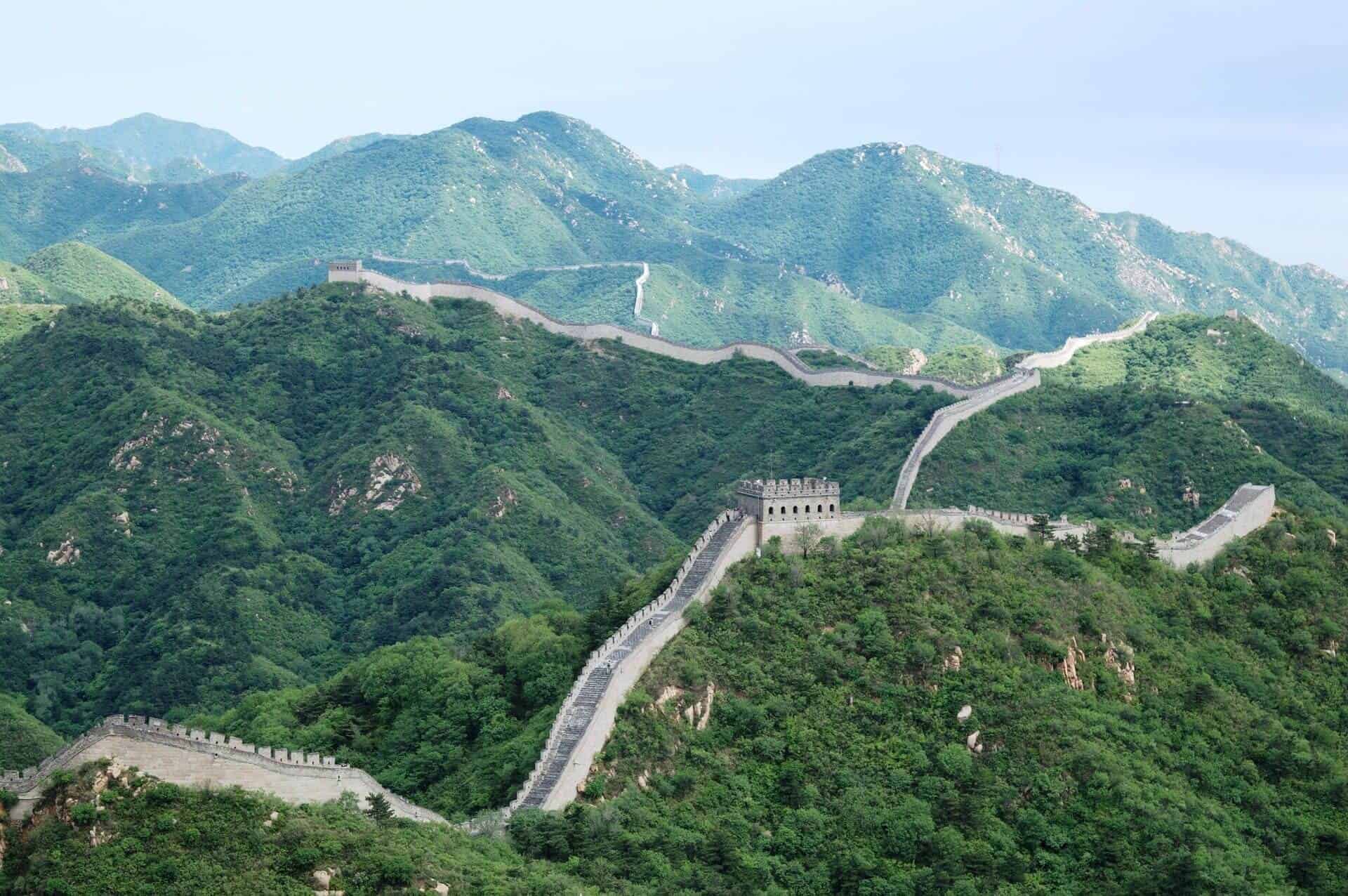
- 221 B.C. – Unification of China under the Qin Dynasty
- 206 B.C. – Han Dynasty
- 100 B.C. – Opening of the Silk Road
- 265 – Jin Dynasty
- 581 – Sui Dynasty and construction of the Grand Canal begins
- 618 – Tang Dynasty and Expansion of Buddhism in China
- 960 – Song Dynasty and trade boom
- 1271 – Yuan Dynasty. Marco Polo arrives in China
- 1368 – Ming Dynasty
- 1644 – Qing Dynasty
- 1856 – Opium Wars
- 1911 – Republic of China
- 1949 – People’s Republic of China
- 1966 – Cultural Revolution
History of Chinese Culture
The history of Chinese Culture is divided into ages of history that are different from those of the West. In Europe are the Ancient, Middle Ages, Modern and Contemporary. But in China there are only three, Ancient, Imperial, and Modern.
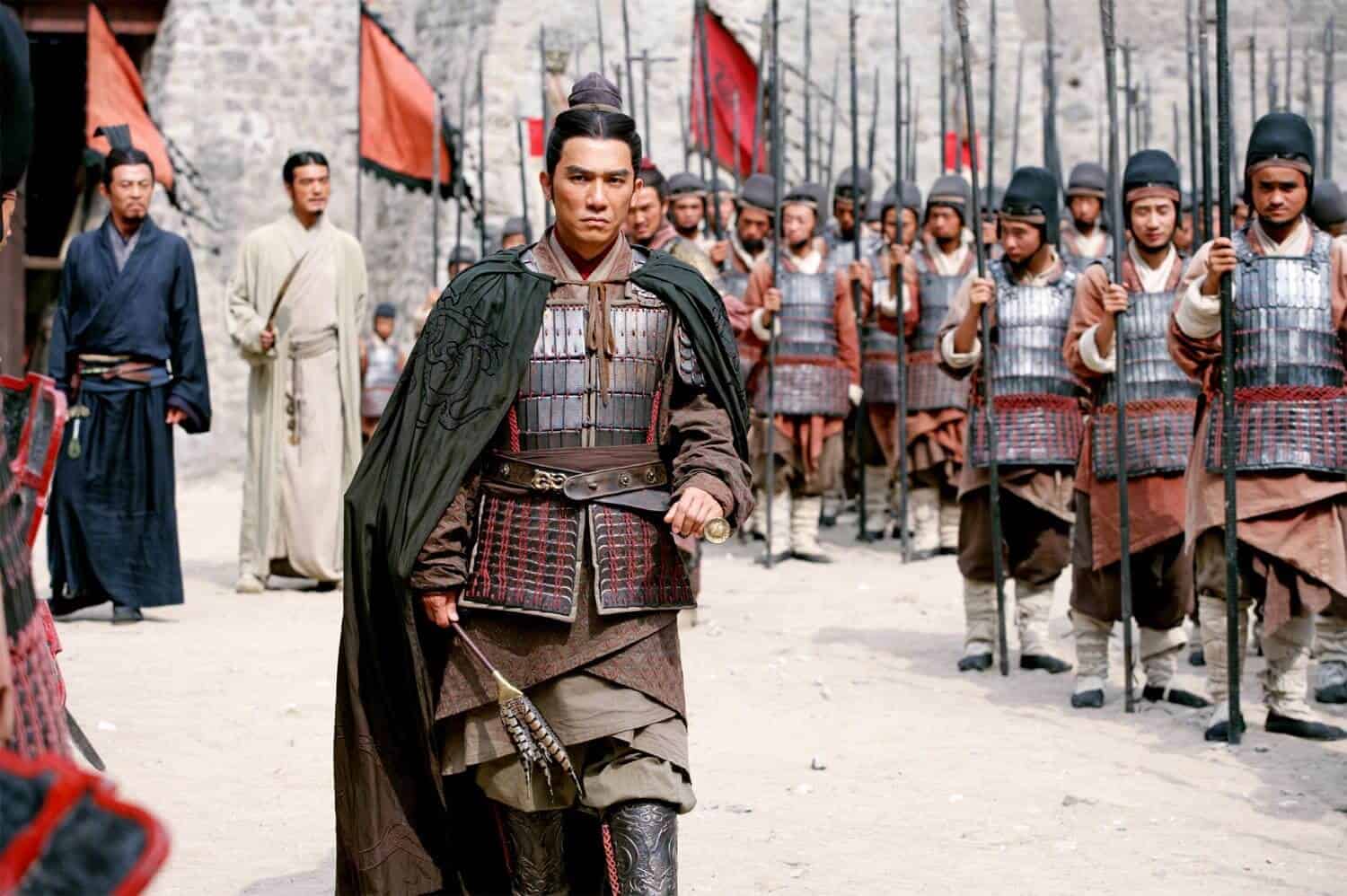
This is because China never had a Middle Ages as we know it. For power always fell to the officials of the Empire, not to the aristocracy or the nobility. Although there were small periods of exception to this rule.
Origin and Prehistory of China
Many species of Homo began to populate the territory of present-day China tens of thousands of years ago, including the famous Homo Erectus Pekinensis. But we, the Homo Sapiens, would have arrived only 40,000 years ago.

The appearance of the first ceramics is very important, 17,000 years ago, even before becoming sedentary or learning to cultivate. This is a milestone in the history of humanity, because no other human civilization managed to create ceramics so quickly.
10,000 years ago they learned to grow rice on the banks of the Yangtse River and millet on the Huang He River. They also began to domesticate the first animals and use jade.
Sedentarization gave rise to China’s first cultures. These are the cultures of Peilikan, Cishan, Yangshao, Dawenkou, and Hongshan. They were all located on the banks of the Yellow River and its tributaries.
Longshan Culture
During the Neolithic, all the cultures of the Huang He River would merge and give rise to the Longshan Culture. This culture had a hierarchical society of religious cut, exchange of products and constant wars.
Its most important site is Taosi, in Shanxi Province. In this enclave is the oldest astronomical observatory in Asia, dating back more than 4,000 years.
Ancient Age
In the history of China the Ancient Age is the basis of its culture. At this time appeared the first dynasties of China, the birth of great philosophers such as Confucius, Mencius and Lao Tse, and the entry of Buddhism in China.

We know the history of Ancient China well thanks to the historian Sima Qian. This man lived in the 1st century B.C. and wrote the entire history of China from its beginnings to his own days. He is undoubtedly the most important Chinese historian in history.
First Dynasties: Xia and Shang
China’s first dynasty, the Xia, is considered “semi-mitological”. This is because there are some historians who consider it real and others who do not. Although more and more archaeological evidence is appearing that it was real.
This first hard dynasty from 2,100 B.C. to 1,800 B.C. This dynasty with capital in Erlitou, a walled city with a ruling class of religious court. At this time appeared the techniques of the use of bronze and other new tools.
According to Sima Qian, the last king Xia, Jié, was defeated by a new dynasty, Shang. The Shang Dynasty (1766-1046 B.C.) was believed to be mythological until about 100 years ago, but archaeological sites such as Erliang have proved its existence.
The Shang used slaves and made ritual sacrifices in which they buried living people with their kings and nobles. Shang tombs have been found with multiple ceramics, bronze and jade objects, and horse skeletons (with war chariots), dogs and human slaves.
It is known that with this dynasty ancestral Chinese writing began on turtle bones and shells, due to scapulimacia, a shamanic practice.

Zhou Dynasty
It is believed that the Zhou were a people west of the Yellow River who defeated the Shang and created their own dynasty. The Zhou Dynasty (1050-256 B.C.) expanded rapidly, and to control the new territories they relied on the nobility or aristocracy. In the long run it would end up being their downfall, a typical problem that the following dynasties would manage to solve in the Imperial Age.
The Zhou created the principle of the Mandate of Heaven, an unwritten rule that regulated dynastic cycles until the 20th century, giving legitimacy to the new dynasties and discrediting the old ones.
Due to the number of nobles who owned large territories, they gained power and recruited their own armies. With time these kinglets disobeyed the central authority Zhou, thus initiating the Period of Spring and Autumn.
During this period the Zhou dynasty controlled only the capital, Chengzhou. The territory was divided into 170 independent states that were dedicated to make war between them, but never without attacking the Zhou kings. Confucianism, legism and Taoism appeared at this time. The techniques of iron and ploughing were also initiated.
Combatant Kingdoms
After centuries of wars and battles, in the 5th century BC only 8 of the original 170 states remained. These 8 disputed control of all of China, and one of them, the state of Qin, succeeded.

Its leader also conquered the capital of the Zhou and founded his own dynasty, the Qin. Qin Shi Huang Di was its first ruler and first emperor in the history of China.
Qin Dynasty
The Qin dynasty was the last dynasty of the Ancient Age, although some historians put it as the first of the Imperial Age. Be that as it may, it is a transitional dynasty between one era and another. It lasted very little, only from 221 B.C. to 206 B.C., but its importance was enormous.
This dynasty saw China’s first historical emperor, Qi Shi Huang Di, who used legalism and state centralization to control all of China. The problem was that Huang Di was very authoritarian. He commanded the unification of the Great Wall of China with forced labor, the burning of ancient history books, the persecution of Confucianism, and the murder of any opponent.
When the emperor died (after three failed assassination attempts), his son could not hold the reins of the country and a new dynasty, the Han, emerged.
Imperial Era
In the history of China, the Imperial Age is a period apart. China’s dynasties would no longer be governed by nobility, but by officials who gained access to the administration through imperial examinations.
Anyone could take these exams (if they saved enough money to pay for them), and if they passed they were admitted to the imperial administration. The officials were in charge of all government tasks; collecting taxes for the central government, recruiting levies, filing information, creating population censuses, governing provinces, etc…
As the Mandarin civil service was not a hereditary position, the central government made sure to avoid possible armed rebellions. Although it could do little against corruption, which increased in the last decades of each Chinese dynasty.
Han Dynasty and Three Kingdoms Period
Liu Bang, a peasant, founded the Han dynasty (206 B.C. – 220 A.D.) after the overthrow of the Qin. Peace and prosperity were enduring under the Confucian court Han government.
At this time China opened the Silk Road, made several expeditions to the West, and introduced Buddhism. There was a peasant rebellion that interrupted the Han government for a few decades, called the Wang Mang Rebellion.
Later the Three Kingdoms Period (220 – 280) began, where the Han were fragmented into kingdoms. These were the kingdoms of Wei, Shu and Wu, which fought each other in the famous battle of the Red Cliff. It was so important that today there is even a Chinese film about it.
Jin and Sui Dynasties
China was reunited under the Jin dynasty (265 – 420), but these would have to face throughout their history the warrior and nomadic peoples of the North. So much so that in 304 the country was again divided into a period known as the Sixteen Kingdoms, which were all non-Chinese.
This produced a great Chinese emigration towards the South. China would end up being divided into only two great kingdoms in the Southern and Northern Dynasties Period (420 – 589). The north was ruled by the Tuoba ethnicity, and the south by the Chinese themselves.
The history of China would change completely in the year 581. When a new dynasty would manage to unify all of China again, the Sui dynasty (581 – 618). Although it was short-lived due to the cruelty of their rulers, the Sui made great achievements. One of them was the construction of the Grand Canal, a canal of more than 1,700 kilometers connecting the Huang He and Yangtse rivers.

Tang Dynasty
One of its most important dynasties in the history of China was the Tang dynasty (618 – 907). Many historians have wanted to compare it with the beginnings of the Han dynasty, due to the great cultural flourishing that the country suffered.
The government was again based on Confucianism, although the number of Buddhists in the Empire also increased. Important is Empress Wu Zetian (625 – 705), China’s most famous empress, who sponsored Buddhist works of art throughout the country.
There were also several military expeditions to the West, but there the Tang Empire was defeated by the Arabs at the Battle of Talas (751). This led to a decline in the Tang dynasty from which they would not recover, provoking a new era of independent Chinese kingdoms in the Five Dynasties Period (907 – 960).

As you can see, China’s history is a continuous “coming and going” of unification, disintegration, independent kingdoms, civil wars, reunification and dynastic change.
Song Dynasty and Synized Empires
The Song dynasty (960-1279) managed to reunify China again (again). With the capital in Kaifeng, this dynasty greatly boosted both land and sea trade, founding large cities in the South.
But soon the nomadic peoples of the north would return to attack, something constant in the history of China. These managed to found the khitan kingdoms Liao and Xia. Later they would be conquered by the Yurchen people who would found the Jin Empire. Although the Song dynasty still existed in the southern half of China, where Neo-Confucianism appeared.
These northern kingdoms and empires would be called the “synized empires“. Although they were originally nomads, when they conquered northern China, they became sedentary and adapted their customs to Chinese ones.
Mongol Empire and Yuan Dynasty
Curiously, the next Chinese reunification would come from the hands of the Mongol Empire. Genghis Khan already had an Empire ranging from Mongolia to the Middle East. His son Ogodei conquered China’s Jin Empire, and his grandson, Kublai Khan founded the Yuan dynasty (1271 – 1368).
This dynasty controlled Mongolia and northern and western China, but the Song resisted in the south. Kublai Khan managed to conquer them and unify all of China in the battle of Yamen (1279).
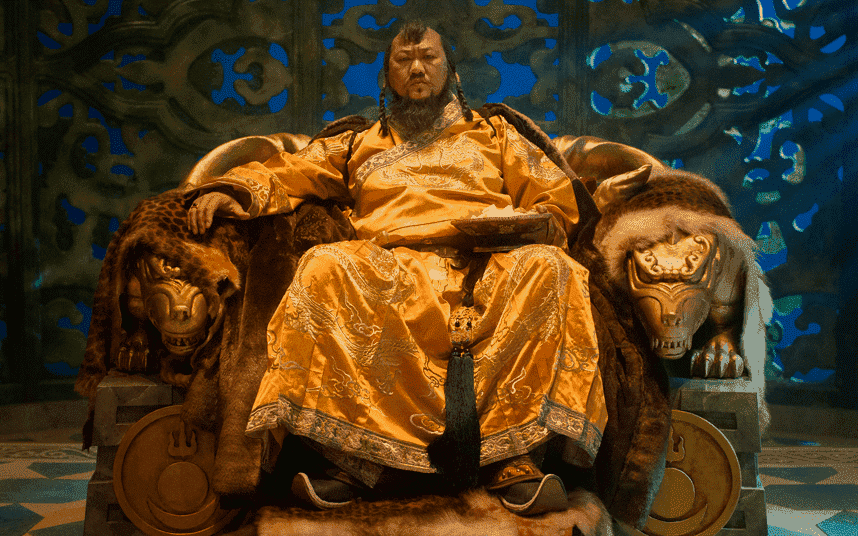
The Mongols allowed imperial examinations, opened the Silk Road (with the arrival of Marco Polo), and opened the country to Christianity and Islam. But they classified the population into various ethnic groups, with the Mongols at the top and the Chinese at the bottom. This caused great social instability, along with several famines and pests of the time.
Ming and Qing Dynasties
Two of the most important dynasties in the history of China are the Ming dynasty (1368 – 1644) and the Qing dynasty (1636 – 1912).
Zhu Yuan Zhang, a Chinese peasant, managed to organize a “red turban” rebellion against the Mongols, defeat them, expel them from China and found the Ming dynasty. This dynasty would be the organizer of one of the greatest feats in China’s history, Zheng He’s travels.
Zheng He was a Muslim eunuch who had been ordered by the Emperor to create a fleet of more than 300 ships to travel the world’s seas and oceans. During 7 voyages, his imperial fleet visited and collected tribute from Vietnam, Malacca, Java, Ceilan, Calcutta, Ormuz, Oman, and Mogadishu in Africa.
The Ming would also be the architects of the construction of the famous Forbidden City, in present-day Beijing. An entire city for the court of the Chinese Empire.
Later, in the year 1639, the Manchues, a town in the northeast of China, managed to invade and conquer China due to the social instability that ran through the country due to the corruption and ineptitude of the last Ming emperors.
They managed to conquer all of China, found the Qing dynasty (the last dynasty in China’s history), and expand the Chinese Empire as never before. They conquered Mongolia, Tibet, Xinjiang, Taiwan, and Korea. They also imposed the famous “Chinese pigtail” on the population.
The Opium Wars and China’s Decline
For most of China’s history, it has always remained a world power to be feared, both culturally and militarily. But that began to change in the mid-19th century, especially with the Taiping Rebellion and the Opium Wars.
The Opium Wars (1839 – 1860) were a military and economic defeat against the British Empire. But above all it was a cultural defeat for China against the Western World. From then on, China did not become the first world power until the beginning of the 21st century.

Modern Age
During the 19th and 20th centuries, China began to receive Western influences. But due to the tremendous traditional Chinese roots, it was not able to industrialize as quickly as Japan did.
As a result, China suffered several anti-western revolts during the Qing dynasty, such as the boxer rebellion. And it was also defeated in the First Sino-Japanese War of 1895, losing control of Korea and Taiwan.
Republic of China
China’s history turned around in 1911 with the Wuxang Uprising, which overthrew the Qing dynasty and created the Republic of China. Its most famous leaders were Sun Yat-Sen, Yuan Shikai and Chiang Kai-Shek.
China entered the 20th century in a turbulent way, a century that will be marked by two world wars and the Republic’s inability to maintain full control of China. So it will again break up into several independent military states (again).
China had to endure the invasion of Japan during World War II and a subsequent Civil War between communists and nationalists in 1947.

People’s Republic of China
China’s history turned again when the communists won the war in 1949, proclaiming Mao Zedong the People’s Republic of China from Beijing. During this time ties with the USSR were strengthened, new factories were built, the agricultural sector was collectivized, and Tibet was occupied in 1950.
Also important was the intervention in the Korean War (how many times in China’s entire history? About 20?), the Indian border conflict, the Great Leap Forward, and the Cultural Revolution.
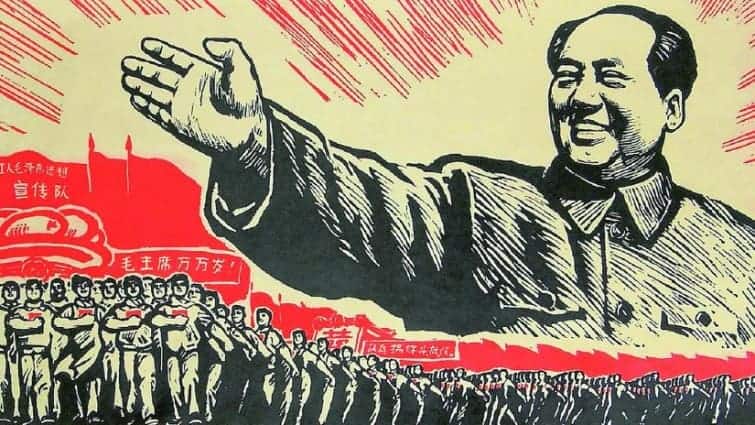
Although the Republic of China still exists today in Taiwan, it was expelled from the UN and replaced by communist China.
Death of Mao and Reformism
After Mao’s death in 1976, China finally opened up to the world, albeit gradually and slowly. The economy began to be de-collectivized thanks to Deng Xiaoping, the new president.
In 1997 China regained Hong Kong, ceded to Britain in the Opium Wars, thanks to a diplomatic treaty. Although there were demonstrations like those at Tiananmen Square in 1989, the country was entering capitalism and the 21st century faster and faster.

The Communist Party of China is not really “communist” as they follow a so-called “socialism with Chinese characteristics” This is the prevailing idea in the Chinese government today. So was Confucianism in the Han dynasty, or Buddhism in the Tang dynasty.
Have the Chinese dynasties really disappeared? Isn’t the “Communist Party” a “dynasty” in itself, which follows the same dynastic cycle of the “Divine Mandate”? An interesting final reflection, which I leave to each one to answer for himself….
I only hope that this “brief” history of China has been useful.

